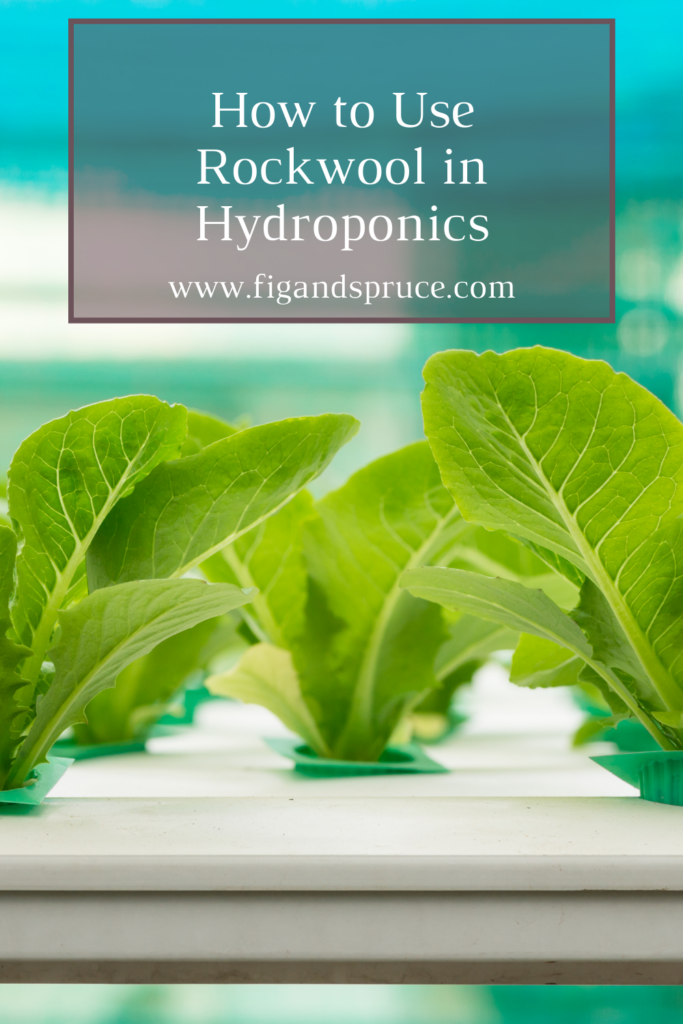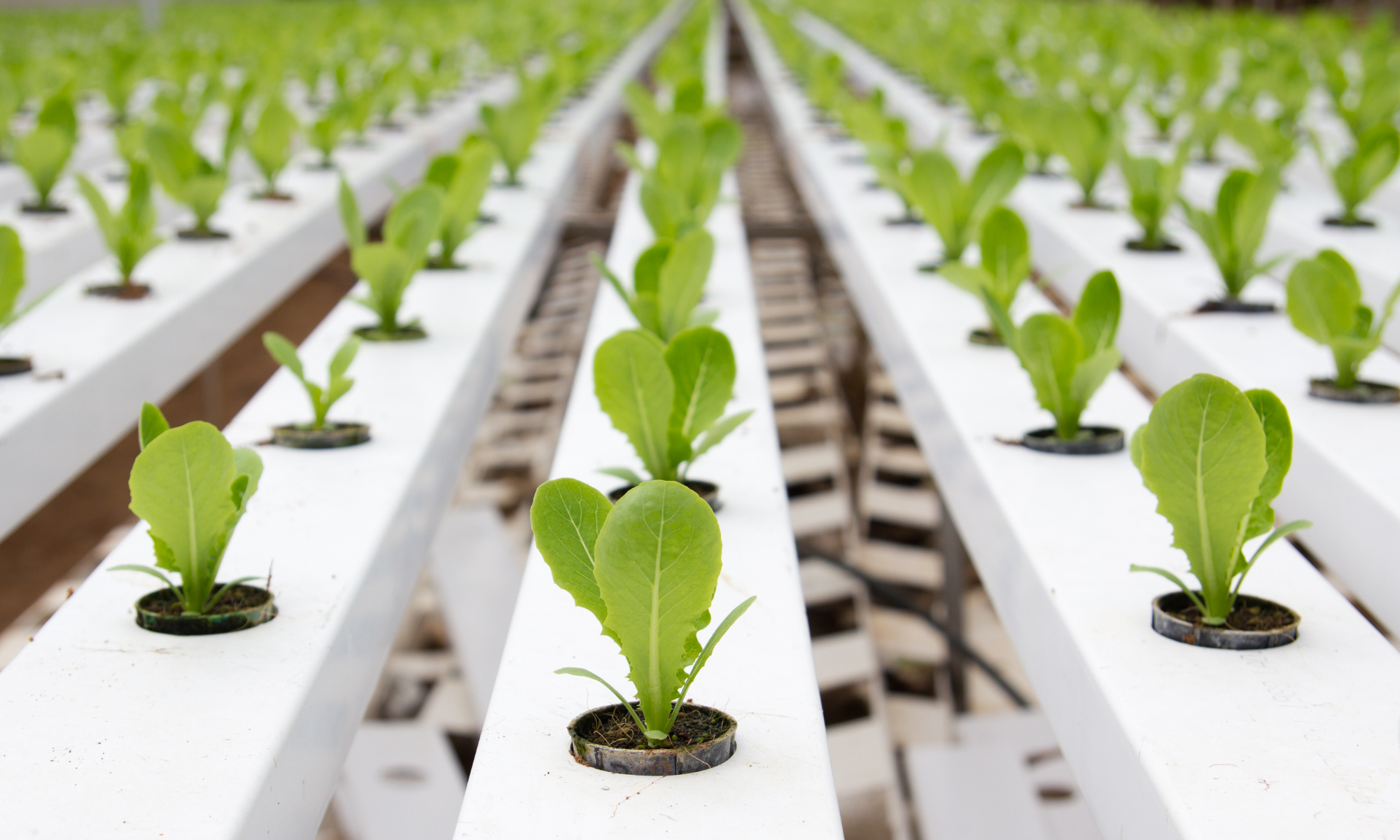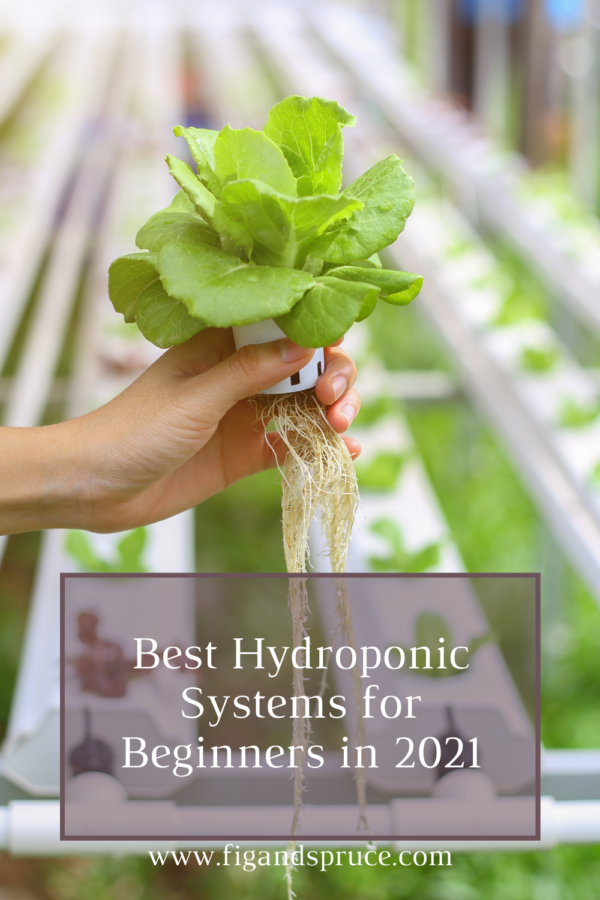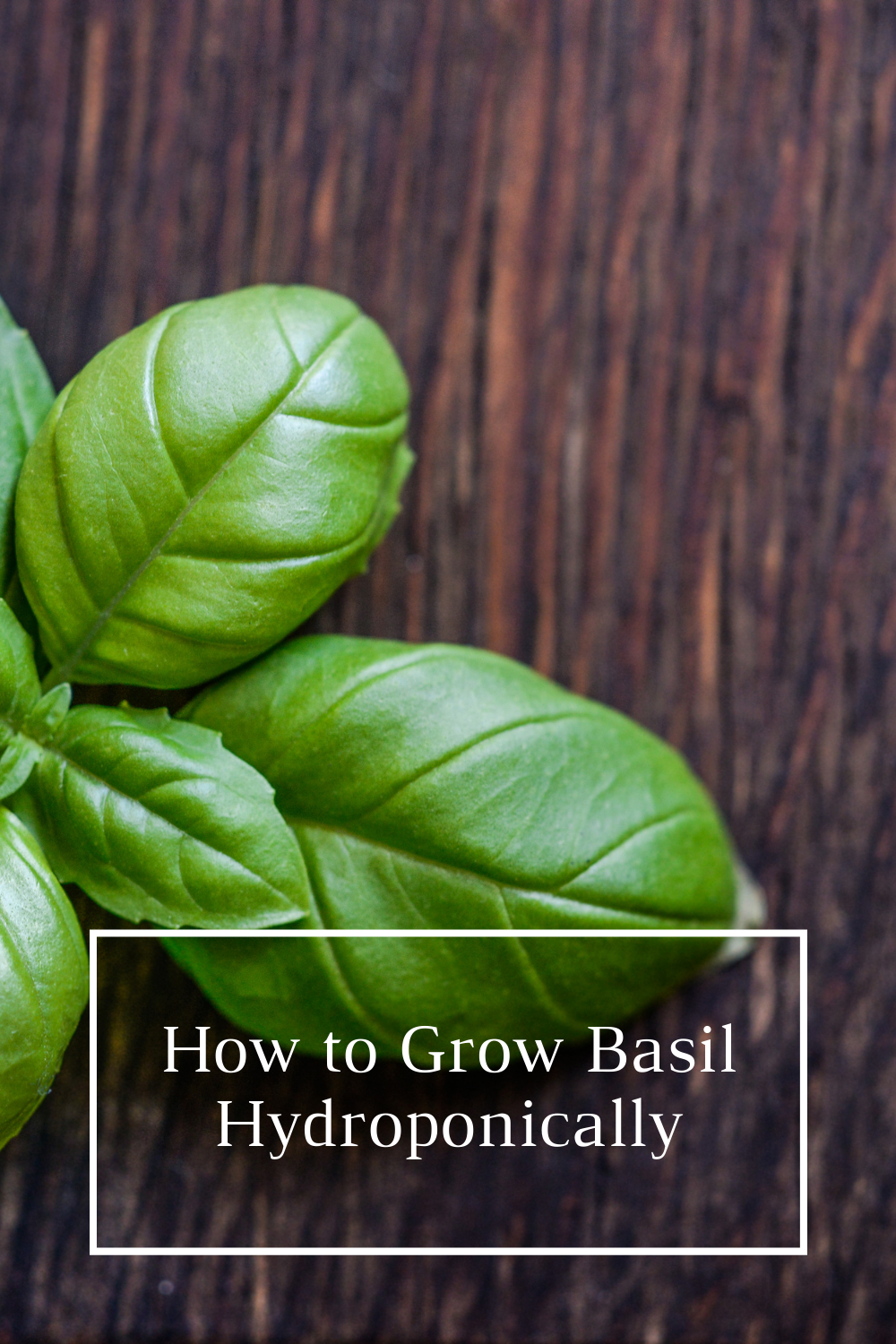Today, we’re covering how to use rockwool in hydroponics. Rockwool is a growing medium that you “plant” your seeds in. Its different than a traditional soil, and is used in hydroponic growing systems very frequently to support the seeds growth and prevent it from falling into the water in a grow system.
Do you need a growing medium when using hydroponics? Short answer is yes. A longer answer is depending on the type of grow system you’re using it may come with one already built into the seed pods. However, in many grow systems a medium is not provided. This gives you more flexibility as you can choose the best growing medium for you. Also, if you’re building a hydroponic system yourself then you will also need to get a growing medium to support your seeds within the system.
Just getting started with hydroponics? Check out the Hydroponics section of our blog for more resources! Other resources you might like are How a Hydroponic System Works, and The Best Hydroponic Systems.
Table of Contents
What is Rockwool?
Rockwool is one of the most popular growing mediums for hydroponics. It is made from basalt rock and chalk, and is melted together and then the fibers are spun together to form the rockwool (much like the process for spinning cotton candy). Once these fibers are spun the rockwool is pressed into a “mat” which are made up of cubes and slabs to be used as a growing medium.
Where can I buy Rockwool?
This will obviously depend on how you want to use the rockwool, but we’re assuming if you’ve made it to this page you’re interested in using it for hydroponics.
There’s a number of options available online. This option from Amazon is one of the more reasonably priced options from Twin Canaries.
This brand is known for its high absorption and retention, which makes it the ideal candidate for hydroponic growing. It also comes formed in convenient starter plugs, which will be useful when putting the rockwool in your hydroponic grow system.
Pros of Using Rockwool in Hydroponics
Using Rockwool in hydroponics has a number of pro’s, there’s a reason that its the most popular growing medium!
We’ll cover first the advantages of using Rockwool in hydroponics and then cover the disadvantages.
Remember there are multiple growing medium options out there for hydroponics, so don’t feel like you have to go with Rockwool if it doesn’t feel like the right selection for you.
Rockwool Retains Water Well
One of the primary advantages of using rockwool in hydroponics is that it retains water very well. In hydroponic gardening water is the main way that your plant will get nutrients, so its crucial that your growing medium help facilitate that. Rockwool does a good job at ensuring the water is retained for seeds to soak in hydration and nutrients.
Considered a Natural Product
Although Rockwool is manmade, its still considered a natural product because it is made from basalt and chalk.
Durability
Rockwool is extremely durable. When working with it as a growing medium it is highly unlikely to fall apart or disintegrate. Other growing mediums can be more fragile, especially when working in hydroponics where plants are soaked in water frequently.
Multiple Shapes and Sizes available
Another pro of Rockwool is that it can come in a variety of shapes and sizes. Whether you need it in small cubes for hydroponics or large pieces for other plants, you can find rockwool in whatever shape and size you need.
Cons of Using Rockwool in Hydroponics
Next, lets discuss the cons of using rockwool in hydroponics.
Rockwool is not Biodegradable
Much in the way the durability of Rockwool is a pro, it can also be a negative when trying to dispose of it. Rockwool is not biodegradable and therefore when trying to dispose of it the medium will most likely end in a landfill.
The good news is after you’re done using your cubes you can break them up and use them in either mulch or compost. For hydroponic growing specifically we don’t recommend reusing cubes for different plants time after time.
Rockwool has a high PH
Rockwool naturally has a much higher PH than other types of growing media. To use Rockwool, you need to treat it prior to planting to ensure that its safe for use with your seeds. We’ll cover this in the steps for using Rockwool in hydroponics in more detail. It’s not something that you can’t work around, but its good to be aware that there’s an extra step in the process compared to other growing mediums.
Rockwool Produces Dust that Can be Harmful
When working with Rockwool, the fibers can often flake into dust that get released into the air. These dust particles can get in your eyes, skin, mouth, etc. Its best to avoid these fibers getting into your mouth/lungs. We recommend wearing a face mask when handling dry Rockwool to be safe. The silver lining after 2020 is that you probably have face masks in your home that will filter these particles out before they get into your system.
Once Rockwool is wet and in your hydroponic system the particles released into the air will decrease drastically.
How to Use Rockwool in Hydroponics
Now, lets talk about the steps to using rockwool in hydroponics.
What you’ll need
- Rockwool starter plugs
- A tray and cover
- Your choice of Seeds
- Nutrient Solution of your choice
- Toothpick
- Paper Towel
- Face Mask – to wear while handling Rockwool
Steps to Use Rockwool in Hydroponics
Step 1. Preparing the Rockwool
When you first receive the rockwool you’ll need to adjust the PH. You can do this by soaking it in acidic water (lemon water works) or using pH down. This pH down kit comes with everything you’ll need to both adjust the pH and test the levels once you think you’ve adjusted it. You’ll want the pH level to be a 5.5.
Once the pH is adjusted ensure that your Rockwool is fully saturated. Once bubbles are no longer coming from the Rockwool you’re good to go – no need to wait any longer than that.
Step 2 – Plant your seeds
Once your Rockwool is fully saturated its time to plant your seeds. Place your soaked rockwool onto your tray. Using a toothpick, poke small holes in each cube (aim for 1/4″ to 1/2 of an inch).
Place your seed (or seeds – follow manufacturer’s instructions on the number of seeds to place) in each hole.
Step 3 – Add your Nutrient Solution
Dilute your nutrient solution to 1/4 of its normal recommended strength – you don’t want to overwhelm your seeds with the full strength.
We love this nutrient solution when doing hydroponic gardening.
Step 4 – The Germination Process Begins!
Cover your tray and check daily. Water as needed – the soil should remain moist.
Step 5 – Transplant to your Hydroponic Grow System
Once you can see the roots of your plant on the bottom of the rockwool, its ready to transplant into your hydroponic system. Your Rockwool should still be moist, and allow you to break apart the cubes easily.
Place each cube into the hydroponic grow system and continue to grow as you normally would.
Other uses of Rockwool
There are a few other uses for rockwool that we’d like to mention. These are great options if you have some rockwool left over after creating your hydroponic garden.
Propagation
Some other uses for Rockwool include propagating plants. You can grow new plants from cuttings of your current ones by allowing the plants to grow roots in Rockwool. Rockwool works well as a growing medium for propagation because of the high amount of moisture it can retain.
Germination
Similar to what we described for using Rockwool in hydroponics, you can use Rockwool for germinating seeds for any type of growing method.







